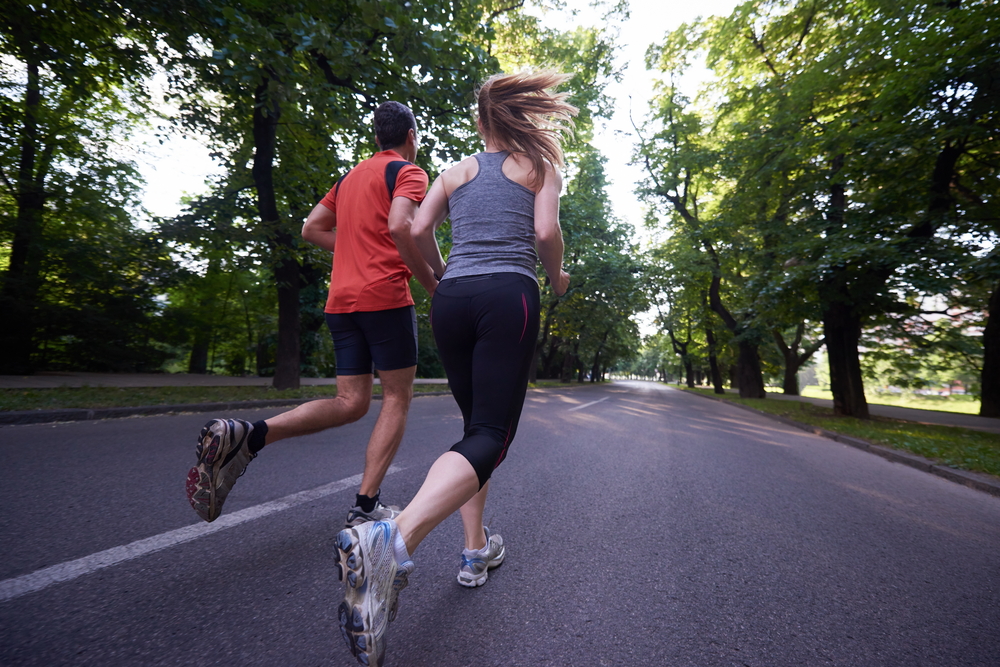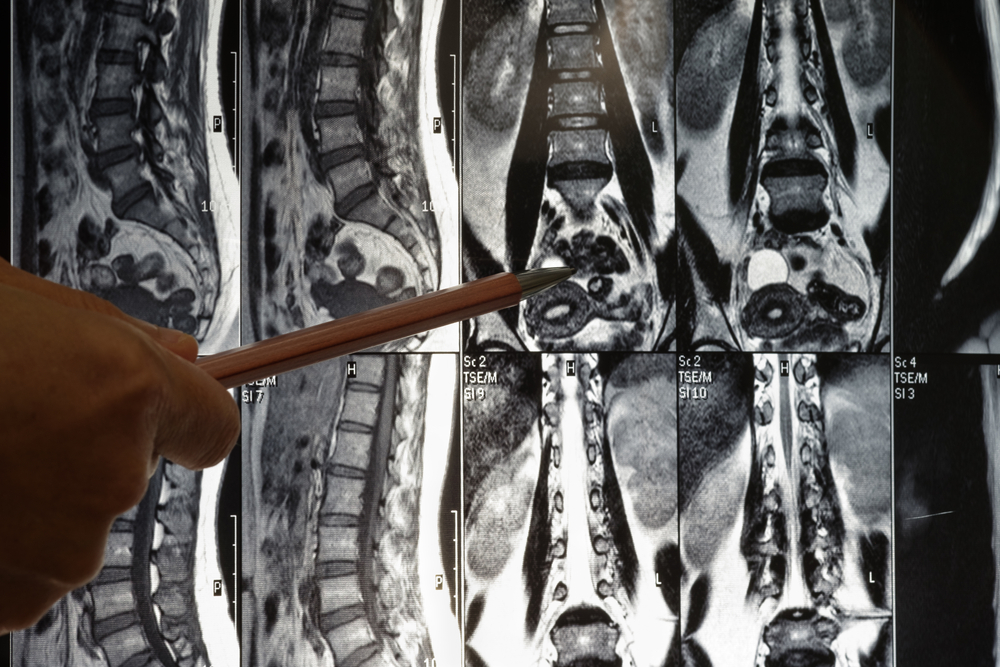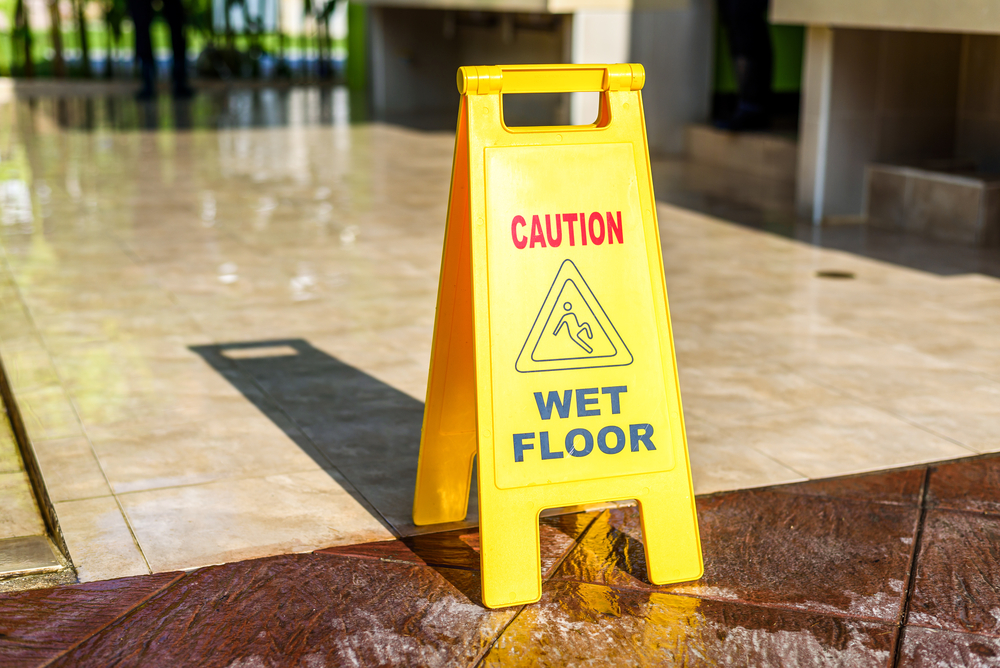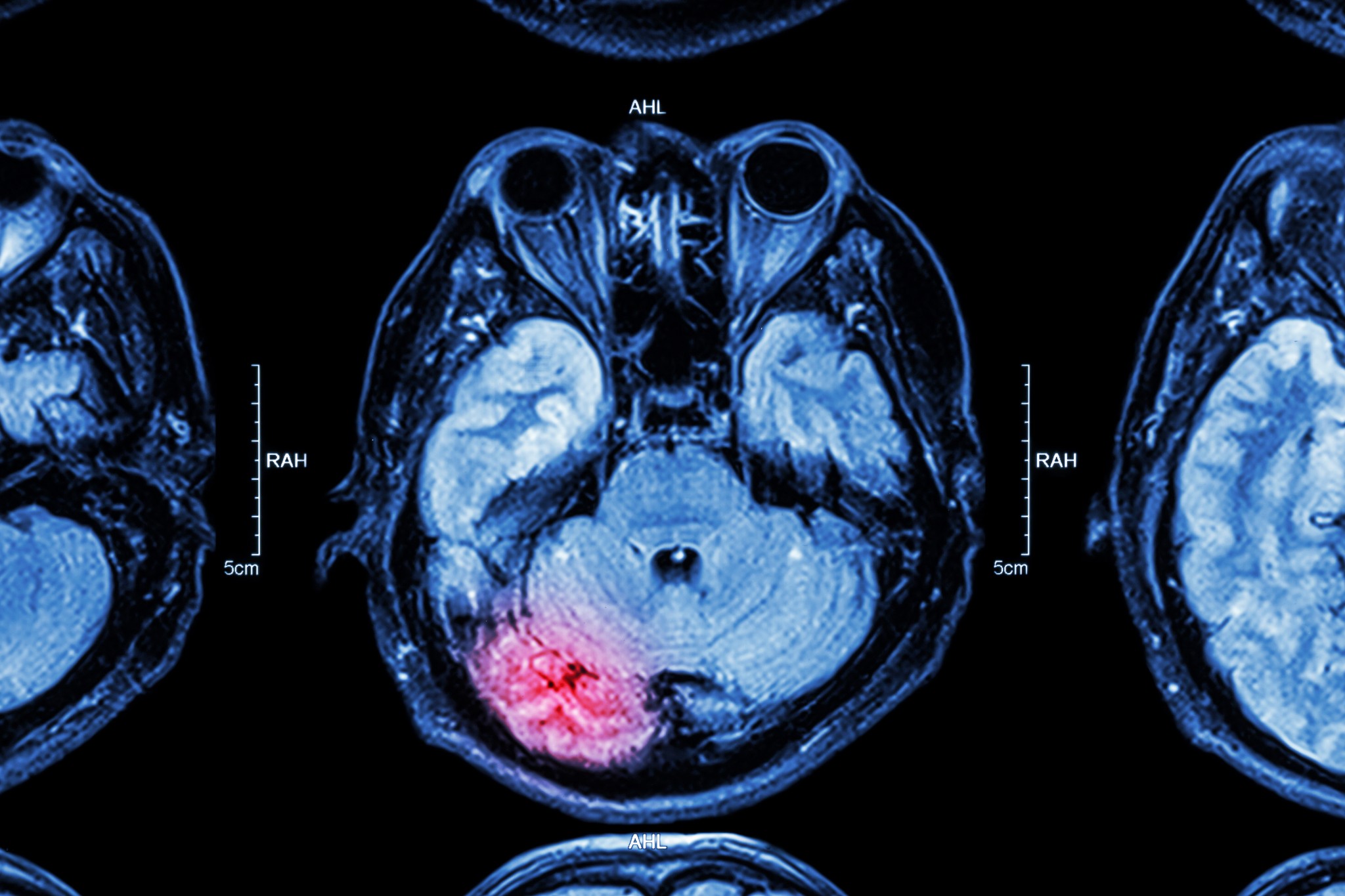Summer jogging is a great way to stay fit without shelling out big bucks on a gym membership. It’s also a great way to see more of your neighbourhood. Many areas of Ontario have jogging trails and paths of varying length and incline.
Staying safe on a jog, however, can be a challenge. By following some safety steps, you can greatly reduce your risk of injury while on a run. You might not know about many of the safety risks you could face while jogging. Here are some helpful tips on staying safe on a jog.
1. Bring some basics
When disaster happens, be it injury or crime, what you’re carrying can be vital and even save a life. Bringing a phone with you on a jog can mean a way to call for help. A phone can also be a map if you’re lost. Carrying some form of identification can come in handy in case of an emergency.
Other basics for jogs include water, keys, a whistle and even mace (if jogging in a wild or unsafe area). Much of this depends on when you’re jogging, how long the jog is and where it’s happening. It’s always good to be overprepared rather than underprepared.
2. Don’t jog alone
Bringing a jogging buddy can greatly reduce the risk of injury. Wild animals are less likely to attack, and someone may think twice about committing a crime if it’s double the risk. Bringing another jogger also means that if injury happens there is someone to call for help, give a statement and ensure immediate danger is minimized.
This is also a great way to enhance the overall jogging experience and motivate yourself to jog faster and longer.
3. Be traffic safe
Traffic collisions are a common cause of injury to joggers. For joggers, there are ways to avoid traffic-related injuries. By facing oncoming traffic, you have more of a chance to see an approaching vehicle and you improve your response time significantly. For vehicles, this gives them a clear view of you, meaning collision is less likely.
Wearing brightly-colored clothing, such as glow-in-the-dark clothes or runner’s lights, can reduce risk of injury as well. Most of all, don’t jog on the road at night.
4. Know yourself
Jogging is physical activity and we all have limits. It’s good to be ambitious with your fitness plan but also be realistic. If you’re planning to do a marathon distance on a jog, bring enough water to last you and maybe a small snack, especially if your blood sugar drops routinely. Account for distance back home on the jog.
On the jog, monitor yourself. If you’re struggling, don’t force yourself to finish a jog that’s going to injure you. It’s better to slowly make progress than injure yourself and make no progress at all.
If you have been injured, and need legal assistance, call #1000 on your cell phone for free. We will offer you a free claim assessment.















